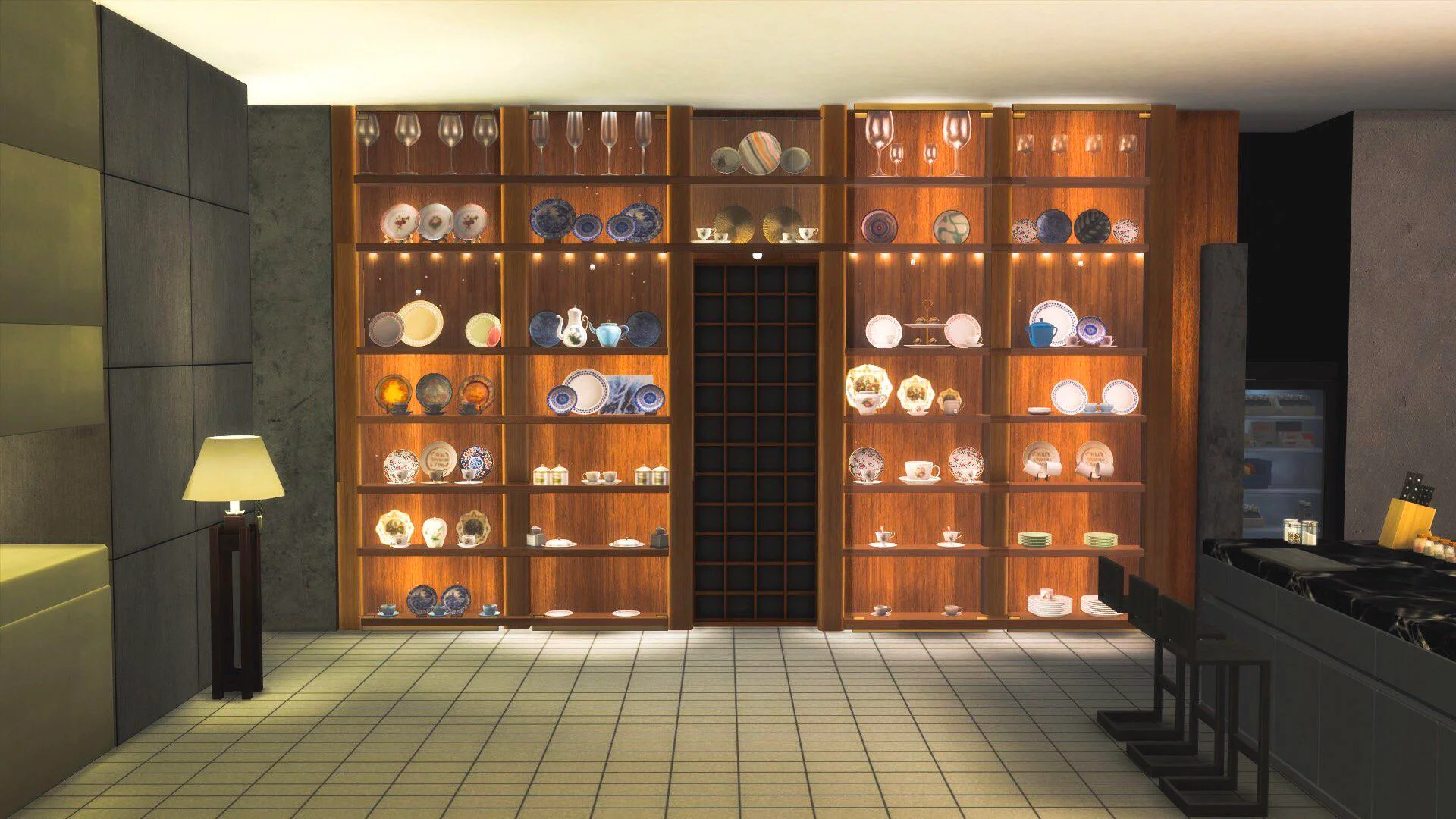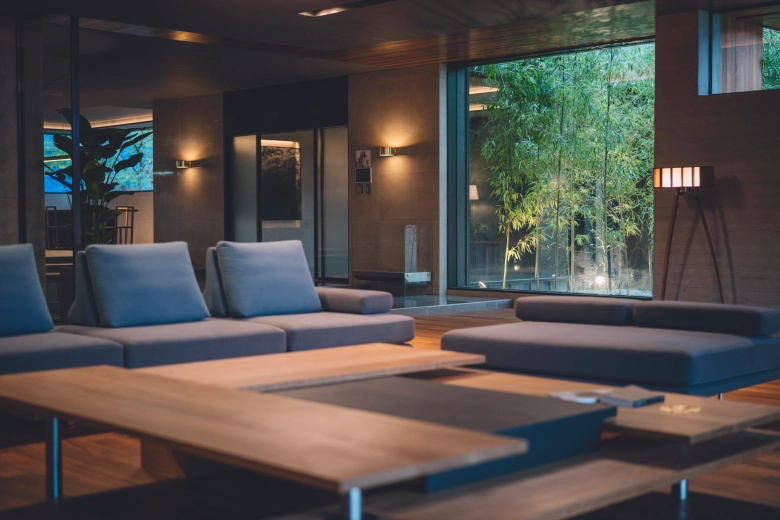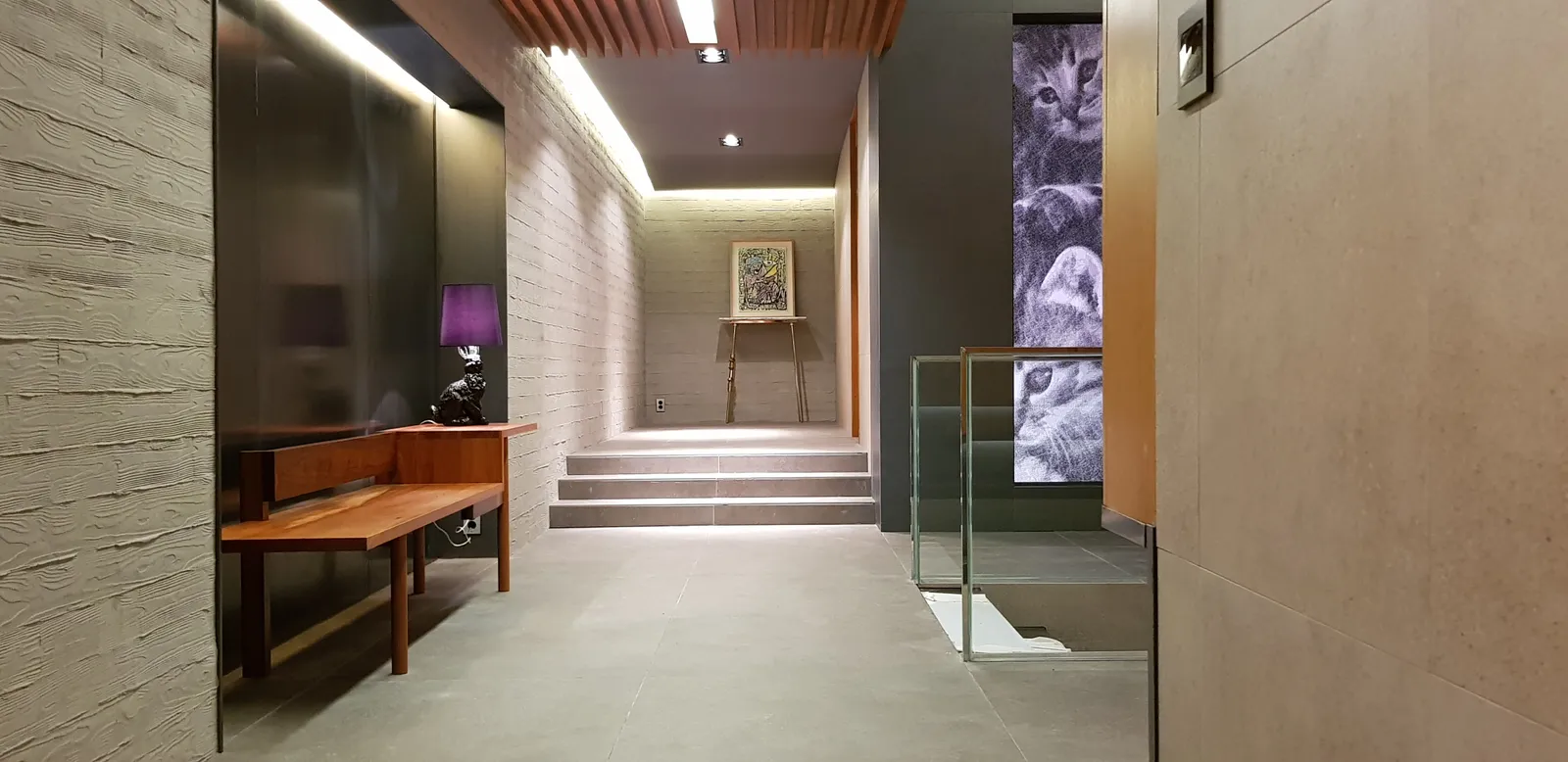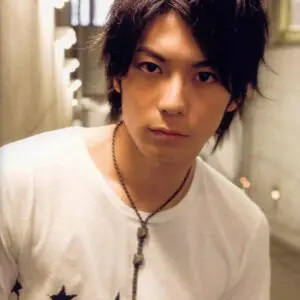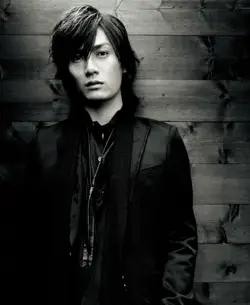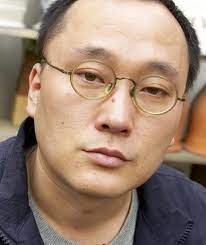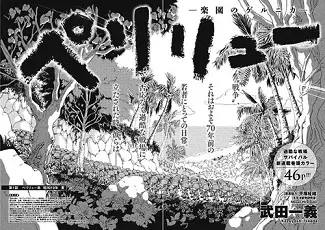
What's in a house? Much of the shock and thrill in this genre-flexible Bong Joon-Ho's South Korean movie Parasite was nominated for six Oscars (including Best Production Design) and won four of them. The architecture isn't silent. It roars. It is a story about the class disparity that indicates inequalities in social hierarchy expressed through architecture.
1. The Parks
In the movie, the luxe minimalist home of the rich Parks with high walls and vast gardens gets designed by fictional architect Namgoong Hyeonja. But in reality, the property that many people thought was a real house is a series of sets created by Production Designer Lee Ha Jun. He referred a friend who is an architect, observed current home projects and even his son's Lego blocks to visualize the design. The layout of the Park house with modernist details like a flat roof, large expanses of glass, and minimal furnishings inside- reflects the characters' circumstances and philosophy.
Chose An empty to build the first floor and garden while building the second floor and basement on a soundstage. Even Kim's dilapidated semi-basement house and its surrounding neighborhood were all sets erected for the film as they had to flood that entire area. Much labor was involved from the art, set, and prop units. For months, the team went around finding tiled doors, window sash, window screens, windows, gates, smoke pipes, power lines, etc.
"I needed to build something that would also seem credible to the audience."- Director Bong.
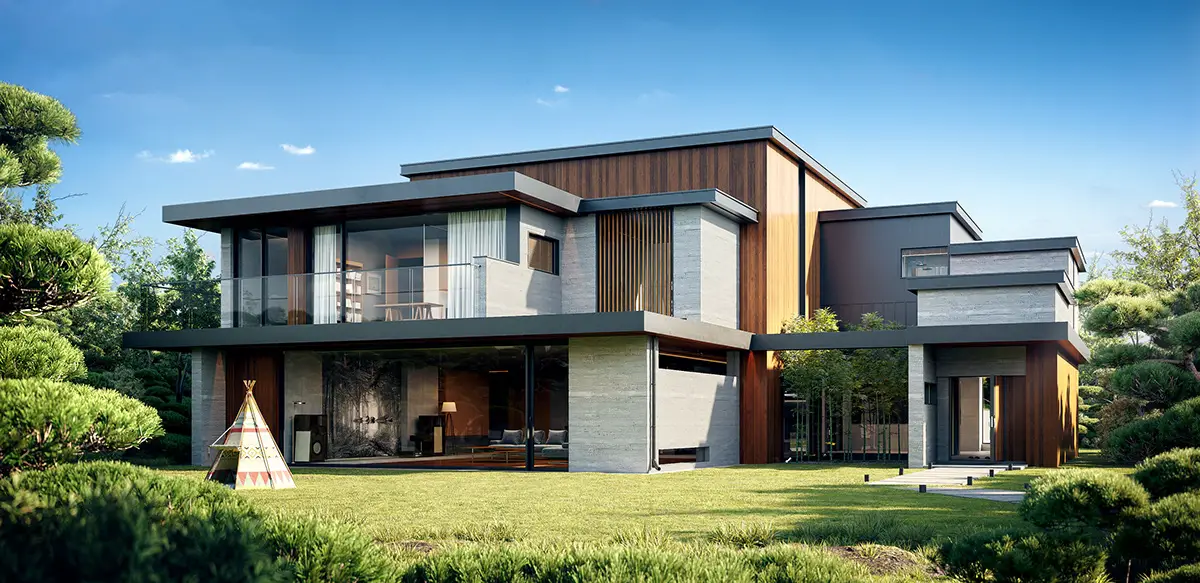
2. Descent Into Density Through Interiors
Bong says he intentionally chose a minimalist, well–planned home with a limited color palette to represent the "classy and contemporary" young family that lives in it.
According to him, a minimalist space gives you the impression that what you see is all there is. You feel like it does not intend to conceal anything beneath the complex layers. The simple planes and lines combine to give the illusion that you've seen everything. And that's why when you visit the man in the bunker and the private parts of the house, it's more surprising for the viewers.
The décor in Kim's cluttered house, on the other hand, is complicated, with many distinct colors and textures. It depicted the escalating density of space and color as one descended from top to bottom, from the affluent house to the semi-basement neighborhood.
The furnishing was kept to a minimum so as not to prevent "audiences from getting immersed in the drama.

3. Play Of Natural Sunlight
In contrast to Kim's little sub-basement, which has little access to daylight, has no views, and is crowded, the Parks' house has "the sunlight pouring in like a waterfall." As a result, class inequality gets shown through natural light. The less sunshine you have access to, the poorer you are. And so, the indebted Geun Se, who lives in a hidden underground bunker, has no access to sunlight whatsoever.
According to Director Bong, "There are many scenes with abundant sunlight which are difficult to achieve with artificial light. The production designer, along with me, visited the lot many times before designing the set to monitor the sun's movement daily, and we picked on the set's positioning mutually."
"Because you're still half above ground, there's this optimism and sense that you still have access to sunlight and haven't sunken altogether to the basement yet. It's this strange mix of hope and worry that you can fall even lower."– 'Parasite' Director Bong on Kim's semi-basement.

4. The Dark “Black Mouth”
Since the cabinet serves as a secret passage, it has an aged appearance rather than a minimalistic one. The wine store appears to have not touched in a long time — it was critical that the audience not suspect that it might move.
"Between all those exquisite plates and decorations, there is the stairway that some have labeled 'the black mouth,'" Lee recalls of the Park family's lavish display cabinet.
5. The “Basement” Of Secrets
Like the characters in the film, The Park's households are a mystery of their own, located in the imposing basement where Geun Se lives. The most dynamic sequences in Parasite take place up and down the stairs from the basement to the secret bunker beneath, and Lee and his team built the entire structure from top to bottom on a soundstage as a single unit.
The reason for this is the scene in which the actors descend from the kitchen to the basement bunker, which Bong wished to film without pausing so they could capture their breathing realistically.
Indebted Geun Se, whose soul has been killed by capitalism, hiding in the bunker.

6. Staircases And Verticality
The house's vertical form represents the relationships between the three families, with Geun at the bottom. While Park's family primarily goes up the stairs, Kim and Geun Se's families go up and down regularly. That is the core idea of the film. In this movie, the spaces are even more segregated, and they are all linked by a highly intricate network of staircases.
The staircases disclose the secretive layers of the movie, and walking up or down them takes your breath away. In the Parks' house, going upstairs means ascending to a place of power, while going downstairs leads you to dark things even the owners are not aware of by themselves.The interplay of different levels using staircases.
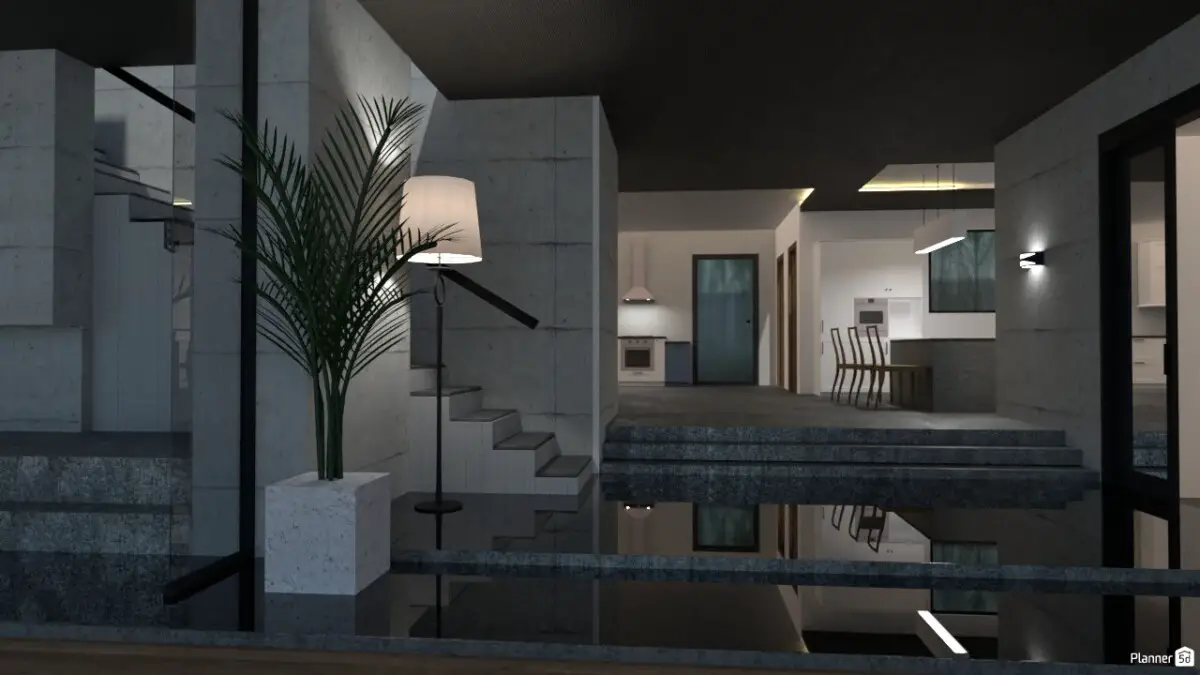
7. The Garden
The Park's living room, which has a long, glass wall that offers views to a garden and serves as the backdrop for the film's climax, was designed in compliance with the 2.35:1 aspect ratio to appear on screen as a delightful photograph. There is no television in the living room since the focus is on the garden, which seems serene throughout the movie until a dark, unexpected finale rattles the audience.
For the interiors, dark wood and grey-toned materials get chosen to emphasize the contrast with the exterior. At the same time, yellow-toned practical lights get strategically positioned to create a sophisticated and warm ambiance. When the Park family unexpectedly arrives early from their vacation, the Kim family hides beneath the cherrywood table in the living room, which echoes the upstairs-downstairs visual concept.
Garden view from the living room.
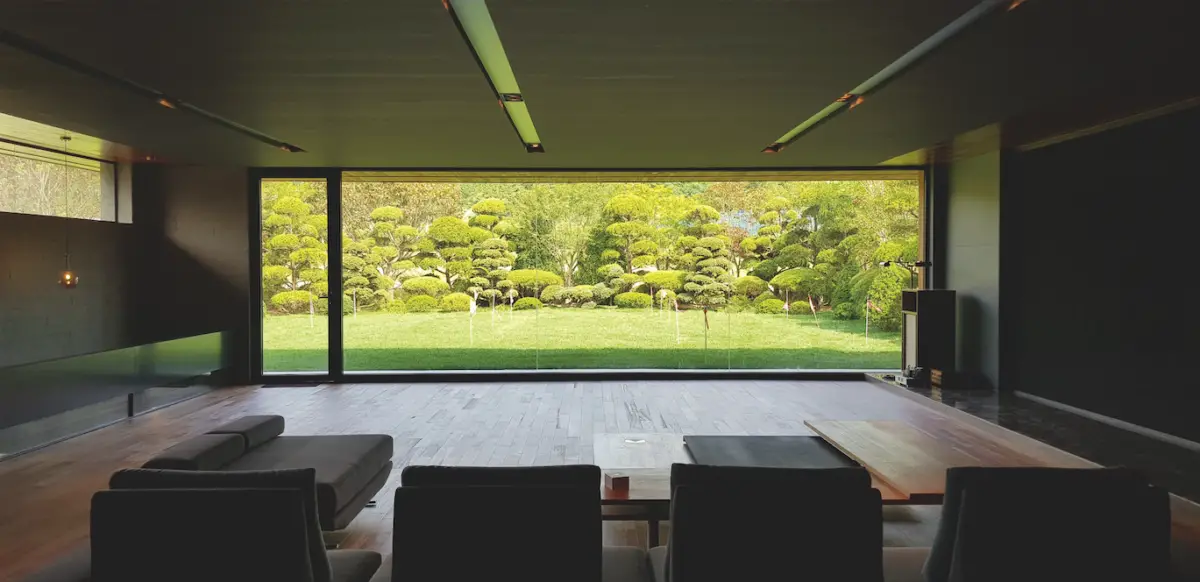
8. The Ultra-Expensive Furniture
Lee had a reason to be concerned about Bong and the rest of the crew handling the props. The cherry wood table gets valued at $19,800; the dining table costs an enormous $22,300; the chair's rate $2,100 each; and a brass chandelier costs $14,000. And, as any prosperous individual knows, art is a sound investment: SeungMo Park's Maya 2078. A work representing a forest composed of stainless-steel mesh costs $120,000; another of the cats gets priced at $50,000.
The trash can cost up to $2,300! "It was German!" Bong says. "My crew members and I were thinking, what kind of a moron would buy a trash can that's going to stink anyway?" Everything in the room, from the tables to the chairs to the lamps, was handcrafted by a modernist carpenter. His name was Bahk Jong Sun, chosen for his sleek, angular design.
"We developed a massive table in the shape of stairs, consisting of four planks of varying levels," Lee explains.
9. The Moldy, Inconvenient, Bathroom As The Crown
The toilet at Kim's house is the highlight, with a commode mounted on several steps. There is no room left for the occupant even to stand. As a result, the essential part of one's day becomes the most difficult. The Kim siblings are looking for an unsecured wi-fi connection to connect their phones. They ultimately discover service in the bizarre restroom. It appears that the Bathroom will become a new social place where they may hang out and surf the internet.
It's no accident that Kim's Bathroom is the highest point in their home.

10. Intimidating Paintings
The art on the Parks' walls is also a prestige symbol, and some of the paintings on display are original. A stainless steel wire mesh picture of a forest hangs in the living area. It was made by Korean artist Seung-mo Park's "Maya" series. "When I look at it, I feel like I'm sinking into a quiet, secluded area in a forest," Lee remarks. Seung-mo Park also designed an original image of cats, especially for the movie. The Park family, believing that their little son Da-song is an art prodigy. They had his abstract paintings extensively showcased as well. "The mother believes her son is a genius, similar to Basquiat," says Bong. "She adores her son, but in a way, she's simply bragging. It's as though she's hypnotizing herself."
Seung-mo Park's cat painting hangs on the second story landing in the Park home.

